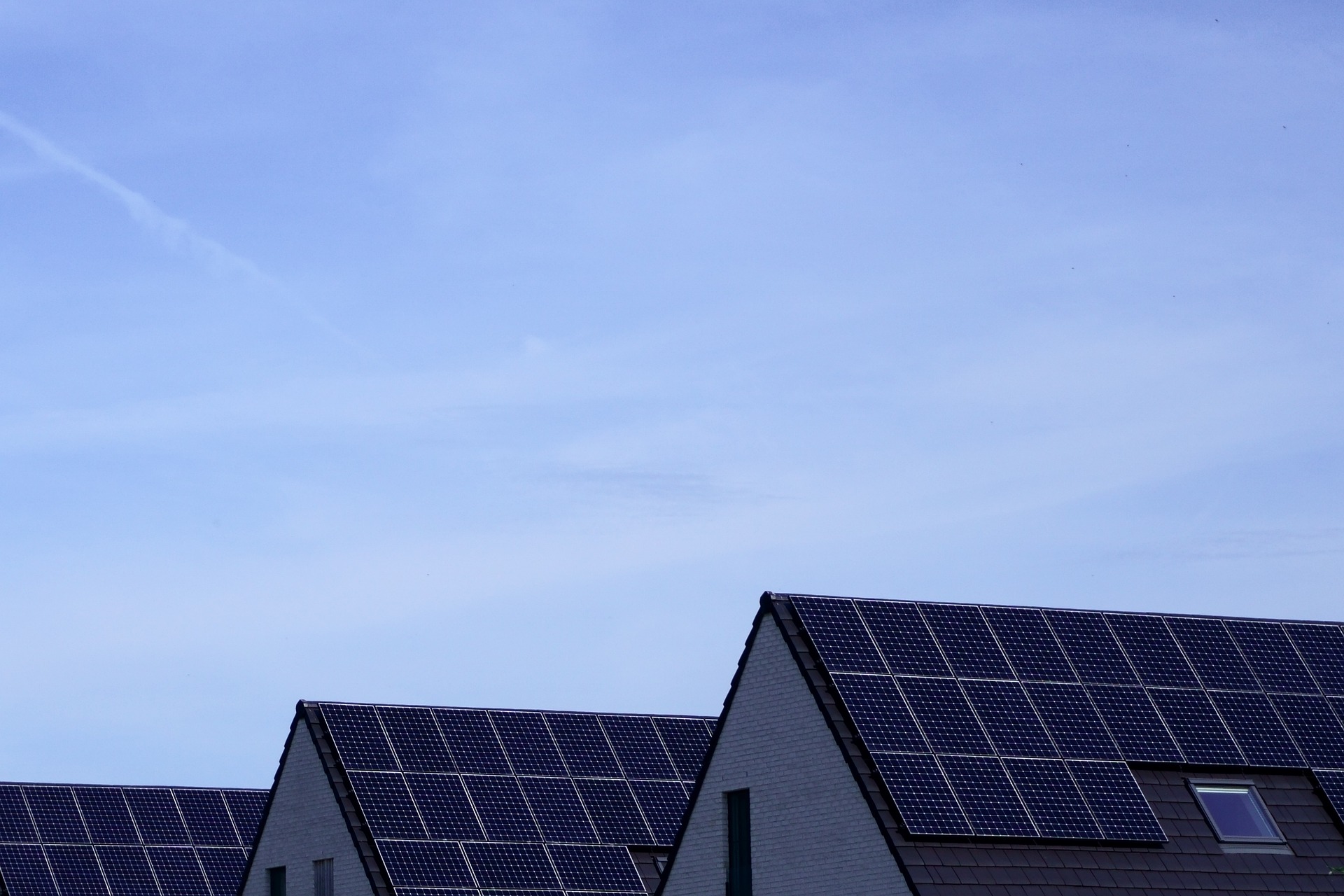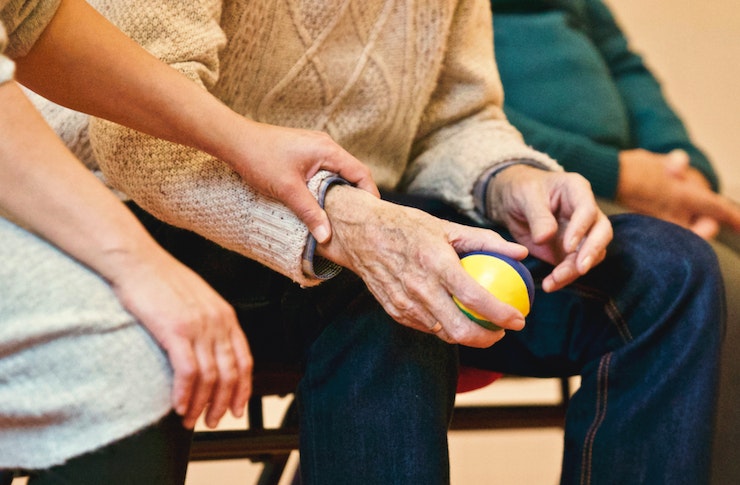The Future of Prefabricated Homes in South Africa: Solar-Powered Luxury for All Ages
Prefabricated homes are revolutionizing the housing industry in South Africa, offering innovative solutions for sustainable living. As we look towards 2025, the landscape of prefab housing is evolving to meet the diverse needs of the population, from luxury-seekers to the elderly. This article explores the exciting developments in prefabricated homes, with a focus on solar-powered options and designs tailored for different demographics in South Africa.

What are prefabricated homes and how are they changing?
Prefabricated homes, also known as prefab homes, are houses manufactured off-site in a factory and then transported to their final location for assembly. These house designs have come a long way from their humble beginnings, now offering a wide range of styles and features to suit various preferences and needs. In South Africa, the prefab industry is experiencing significant growth, driven by the demand for cost-effective, eco-friendly housing solutions.
How are luxury prefabricated homes incorporating solar panels?
Luxury prefabricated homes with solar panels are set to become a major trend in South Africa by 2025. These high-end prefab houses combine sophisticated design with cutting-edge solar technology, offering homeowners the perfect blend of style and sustainability. Solar panels integrated into the roof or exterior walls of these homes not only reduce energy costs but also provide a reliable power source in areas prone to load shedding.
What features make prefab solar homes suitable for elderly residents?
Prefabricated solar homes for elderly South Africans in 2025 are being designed with accessibility and comfort in mind. These homes often include features such as:
-
Single-story layouts to eliminate the need for stairs
-
Wide doorways and hallways for easy wheelchair access
-
Non-slip flooring and grab bars in bathrooms
-
Smart home technology for temperature control and security
-
Energy-efficient appliances powered by solar panels to reduce utility costs
The integration of solar power in these homes ensures a stable energy supply, which is crucial for maintaining medical equipment and providing a comfortable living environment for older residents.
How do prefab homes contribute to sustainable housing in South Africa?
Prefabricated homes are at the forefront of sustainable housing solutions in South Africa. By incorporating solar panels and energy-efficient designs, these homes significantly reduce their carbon footprint. The controlled factory environment where prefab homes are built also minimizes waste and allows for more precise use of materials. Additionally, the quick assembly time on-site reduces the overall environmental impact of construction.
What are the cost considerations for prefab solar homes in South Africa?
When considering prefabricated homes with solar panels in South Africa, it’s important to understand the cost implications. While the initial investment may be higher than traditional homes, the long-term savings on energy costs can be substantial. Here’s a comparison of estimated costs for different types of prefab homes:
| Type of Prefab Home | Estimated Cost Range (ZAR) | Key Features |
|---|---|---|
| Standard Prefab | 600,000 - 1,200,000 | Basic design, no solar |
| Luxury Solar Prefab | 1,500,000 - 3,000,000 | High-end finishes, solar panels |
| Elderly-Friendly Solar | 1,200,000 - 2,500,000 | Accessible design, solar panels |
Prices, rates, or cost estimates mentioned in this article are based on the latest available information but may change over time. Independent research is advised before making financial decisions.
What is the future outlook for prefabricated homes in South Africa?
The future of prefabricated homes in South Africa looks promising, with continued growth expected in the lead-up to 2025 and beyond. As technology advances and more South Africans recognize the benefits of prefab construction, we can anticipate an increase in both luxury and affordable prefab options. The integration of solar power and smart home technologies will likely become standard features, making prefab homes an attractive choice for environmentally conscious homeowners across all age groups.
In conclusion, prefabricated homes are set to play a significant role in shaping South Africa’s housing landscape. From luxury solar-powered residences to accessible homes for the elderly, prefab construction offers versatile, sustainable, and cost-effective housing solutions. As the industry continues to innovate, we can expect to see even more exciting developments in prefabricated home designs tailored to the unique needs of South African homeowners.




